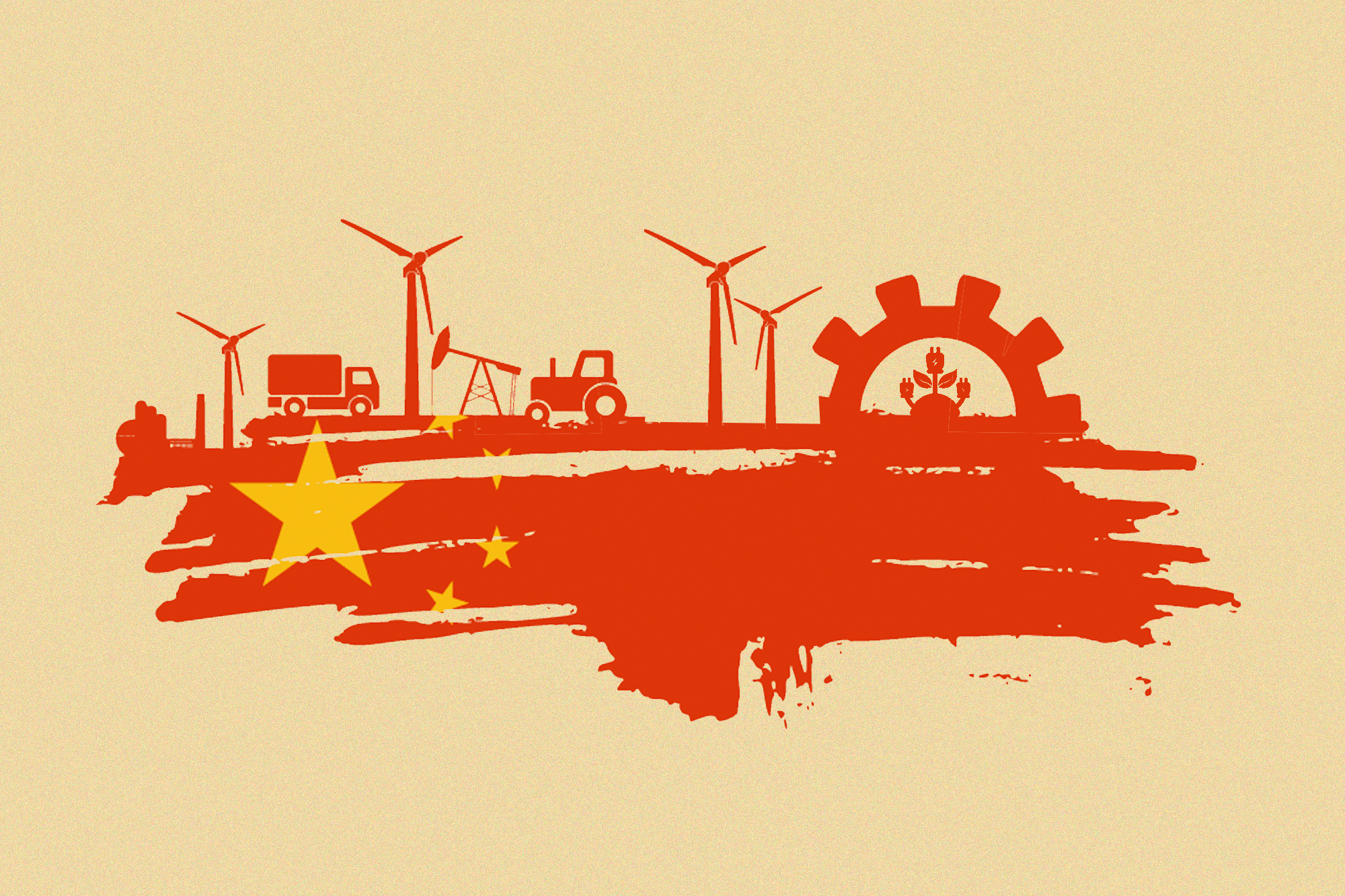There are no such things as eternal enemies nor eternal allies. Only eternal interests. Westerners would do well to keep the famous remark from Lord Palmerston (the nineteenth century British statesman) in mind as relations with China enter a new, more challenging phase. There will be elements of convergence and of collision in that relationship but there are underlying eternal interests as well. Most important of all: the shared goal of protecting the environment.
China’s desire and positioning to be a global green leader is not new but it has indeed grown in consistency, rhetoric, and momentum since the Paris Agreement in 2015. For example, China’s latest Five Year Plan was first to include the country’s long-term climate goals, with a focus on decarbonization and indigenous tech innovation. According to researchers, it is quite likely that China will manage to peak emissions by 2030.
The West should take advantage of this momentum and unambiguously support China’s goal to become such a global green leader. This is no longer the time to quibble over positioning. It will do us all well to ensure that the country, which accounts for nearly one fifth of humanity, remains at the forefront of Net Zero. Such a stance is key to the world’s chances of limiting the rise in global temperatures to 1.5 °C and, more generally, China’s role in the energy transition (the move from highly polluting fossil fuels like coal or oil to lesser ones like gas and finally to emission-free renewables like solar) is crucial in keeping the globe habitable for future generations.
To make this point more explicit one only needs to look at China’s economy. China produces more than half of the world’s steel and cement, and the carbon emissions from those two sectors alone are higher than the European Union’s total emissions. Remedying this starts with power generation. Much like the European and American industrial revolutions of the 19th and 20th centuries, China’s meteoric economic rise has been driven in large part by cheap but dirty coal. As such, the energy sector accounts for 90% of China’s greenhouse gas emissions.
Xi wants to raise the proportion of renewable energy – which in 2018 stood at about 13%, compared with the EU at 14% – to one quarter by the end of the decade. By then, China reckons its CO2 emissions will have peaked before declining to reach carbon neutrality sometime before 2060. Supporting and accelerating that transition through new technology and sharing ideas must be a priority.
Collaboration […] will be key to producing the next generation of batteries.
The West also has much to gain. Over the past decade, China has become a pioneer in developing new technologies for solar and wind, and now hydrogen. Earlier this month, China’s State Power Investment Corp commissioned the world’s first commercial offshore floating solar power plant on the sea. Designed by Norwegian engineers, the facility is also the first floating solar power plant integrated with offshore wind.
This edge in green innovation extends to energy storage. Chinese companies like CATL dominate global battery production, including the mining and refining of raw materials. Benchmark Mineral Intelligence, a UK-based consultancy, estimates China currently has around three-quarters of the world’s cobalt refining capacity and 59% of its lithium processing capacity. This means that many Western battery companies are reliant on Chinese supply chains. Furthermore, collaboration between both geographical spheres will be key to producing the next generation of cheaper, more efficient batteries needed, for example, as back-up energy for wind turbines on a still day.
A battery lead has allowed China to secure a powerful position in adjacent industries like electric cars. The Financial Times reported that the Chinese automaker BYD (which is backed by Warren Buffet by the way) overtook Tesla earlier this year to become the world’s biggest producer of battery-powered rides and the Chinese car industry produces more electric vehicles than any other country. Chinese EVs are making significant headway into Western markets because they are less expensive models, as The Economist notes, in contrast to the European car maker’s tendency towards luxury. This does its part in making zero-emission mobility more affordable.
The G20 summit in Indonesia served as the first in-person meeting between Xi and Biden since the US President took office, and the comments made by both leaders after their three-hour closed-door session provided some hope that there might indeed be a stabilization between the two powers. Biden told reporters that he believed there “need not be a new Cold War” with China.
Meanwhile, at the COP27 Summit in Egypt, US climate envoy John Kerry was meeting with his Chinese counterpart, Xie Zhenhua. While their face-to-face was significantly shorter than that between their presidents, it was productive – perhaps owing to the fact that they have known each other for quite some time – with Xie commenting that the two will continue their climate dialogue.
This is where the good news lies, particularly considering the two countries are the biggest polluters in the world. Despite short-term political shifts – or even tears – working on a common energy transition agenda is a duty to be followed, if I may return again to Palmerston. For the time being at least, it seems that this is what China and the US have in mind.
© IE Insights.











